Home>Furniture>Outdoor Furniture>How To Get Mildew Off Patio Cushions
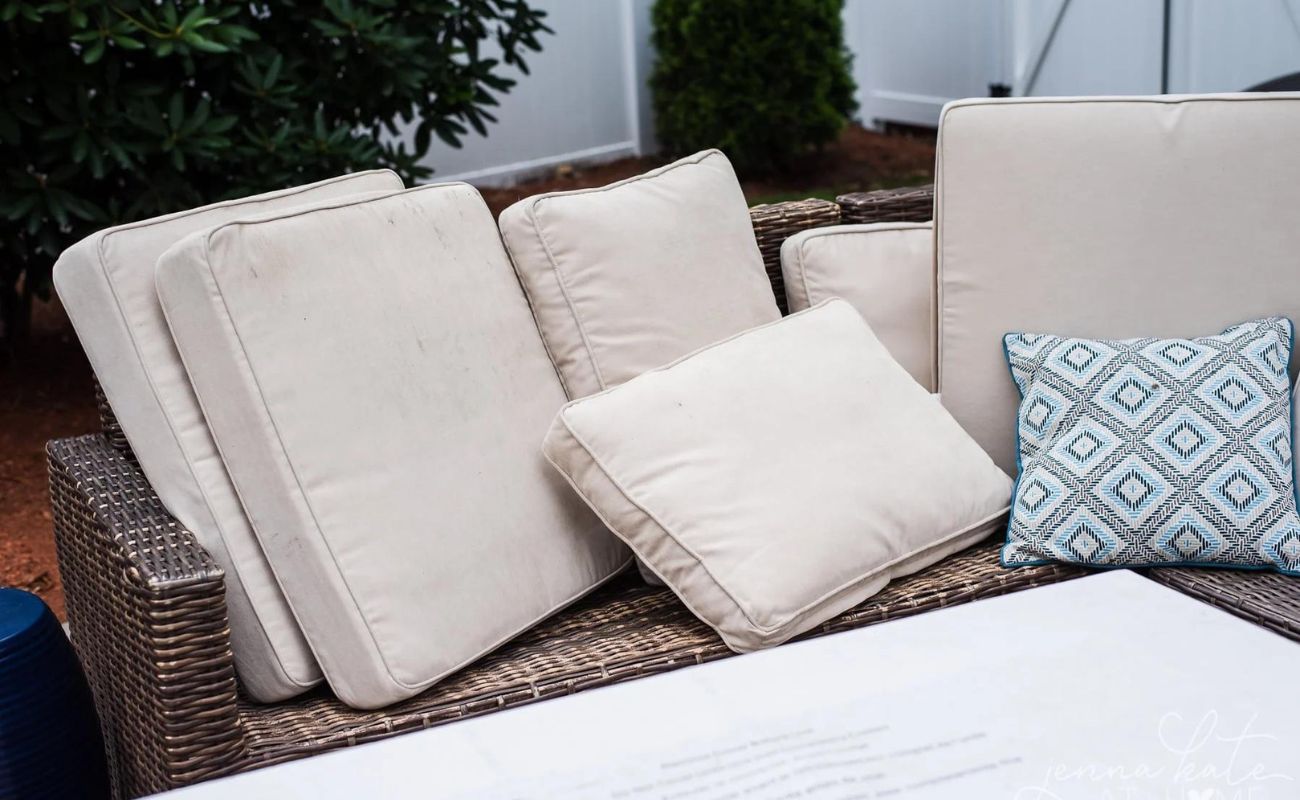

Outdoor Furniture
How To Get Mildew Off Patio Cushions
Modified: March 7, 2024
Discover effective methods for removing mildew off your outdoor furniture cushions. Say goodbye to unsightly stains and enjoy clean, fresh patio seating.
(Many of the links in this article redirect to a specific reviewed product. Your purchase of these products through affiliate links helps to generate commission for Storables.com, at no extra cost. Learn more)
Introduction
Welcome to our comprehensive guide on how to get rid of mildew on patio cushions. Outdoor furniture, including patio cushions, is susceptible to mildew growth due to exposure to moisture and the elements. Mildew can not only tarnish the appearance of your cushions but also create an unpleasant odor and pose a health risk. In this article, we will delve into the causes of mildew growth on patio cushions, provide some preventive measures, and offer effective methods for cleaning and removing mildew. Keep reading to discover how you can restore your patio cushions to their former glory and enjoy a fresh and inviting outdoor space.
Key Takeaways:
- Keep your patio cushions clean and mildew-free by choosing mildew-resistant materials, using protective covers, and promoting air circulation. Regular cleaning and proper storage are essential for preventing mildew growth.
- If mildew appears, promptly remove affected cushions and clean them with a mild detergent solution. Alternative methods like vinegar, baking soda, or hydrogen peroxide can also effectively remove mildew stains. Establish a routine maintenance plan to prevent future mildew growth.
Understanding Mildew Growth
Before we dive into the methods of removing mildew from patio cushions, it’s crucial to understand what mildew is and why it develops in the first place. Mildew is a type of fungus that thrives in warm, humid, and damp environments. When exposed to these conditions, mildew spores can quickly spread and settle on various surfaces, including patio cushions.
Mildew growth on patio cushions is typically caused by a combination of factors. First and foremost, moisture is the primary culprit. Whether it’s from rain, humidity, or even regular use, dampness seeps into the fabric of the cushions, providing an ideal breeding ground for mildew. Furthermore, lack of proper air circulation can exacerbate the problem, as stagnant air traps moisture and prevents the cushions from drying out effectively.
In addition to moisture, other contributing factors include organic matter and inadequate cleaning. Patio cushions often accumulate dirt, debris, pollen, and other organic materials, which can serve as food sources for mildew. If these substances are left unaddressed, they create the perfect conditions for mildew spores to thrive.
It’s important to note that mildew growth not only affects the appearance of your patio cushions but can also have potential health implications. Exposure to mildew can trigger allergies, respiratory issues, and other health problems, making it imperative to address the issue promptly and effectively.
Now that we have a better understanding of why mildew develops on patio cushions, let’s explore preventive measures to minimize its occurrence and keep your cushions looking clean and fresh.
Taking Precautions to Prevent Mildew
Prevention is the key to maintaining clean and mildew-free patio cushions. By implementing a few simple precautions, you can significantly reduce the likelihood of mildew growth and prolong the lifespan of your cushions. Here are some effective preventive measures to consider:
- Choose the Right Materials: When purchasing patio cushions, opt for materials that are resistant to mildew, such as solution-dyed acrylic or polyester. These fabrics are less prone to moisture absorption and are more resistant to mold and mildew growth.
- Invest in Quality Covers: Using protective covers for your patio cushions can be highly beneficial in preventing mildew. Covers provide an additional layer of defense against moisture, dirt, and other elements, ensuring your cushions stay dry and clean.
- Proper Drainage: Ensure proper drainage on your patio furniture by using cushions with built-in vents or placing cushions on furniture with slatted surfaces. This allows water to flow through and prevents water from pooling, reducing the chances of mildew growth.
- Regular Cleaning: Establish a routine cleaning schedule for your patio cushions. Regularly removing dirt, debris, and organic matter helps eliminate potential food sources for mildew and keeps your cushions fresh. Follow the manufacturer’s cleaning instructions for your specific cushion material.
- Promote Air Circulation: Allow air to circulate around your patio cushions by periodically removing them from their covers or furniture and exposing them to sunlight and fresh air. This helps dry out any moisture and discourages mildew growth.
- Store Cushions Properly: During periods of non-use or inclement weather, store your patio cushions in a dry, well-ventilated area. Avoid damp or humid storage environments, as they can promote mildew growth.
By implementing these precautionary measures, you can greatly reduce the risk of mildew growth on your patio cushions and ensure a clean and pleasant outdoor seating area.
Cleaning Mildew Off Patio Cushions
If you notice mildew growth on your patio cushions, it’s important to address it promptly to prevent further spread and damage. Here are steps you can take to effectively clean mildew off your patio cushions:
- Remove the Cushions: Start by removing the affected cushions from your outdoor furniture. Take them to an open, well-ventilated area for cleaning.
- Brush off Loose Mildew: Use a soft-bristled brush or sponge to gently remove any loose mildew from the cushions. Be careful not to spread the spores further.
- Create a Cleaning Solution: Mix a solution of warm water and mild detergent or a specialized fabric cleaner. Follow the instructions on the cleaner for the appropriate dilution ratio.
- Scrub the Cushions: Dip a clean sponge or brush into the cleaning solution and scrub the cushions gently in a circular motion. Pay extra attention to the areas with visible mildew growth. Avoid scrubbing too vigorously, as it may damage the fabric.
- Rinse Thoroughly: After scrubbing, rinse the cushions thoroughly with clean water to remove any remaining detergent or cleaner. Ensure all the cleaning solution is washed away.
- Dry Completely: Let the cushions air dry in a sunny spot. Make sure they are completely dry before placing them back on your outdoor furniture. This step is crucial in preventing future mildew growth.
If the mildew stains persist or the cushions are heavily soiled, you may need to take additional measures to remove the mildew. Consider using a fabric-safe bleach or a mixture of vinegar and water to spot-treat the affected areas. Always test any cleaning solutions on a small, inconspicuous area first to ensure they won’t damage the fabric.
Remember, it’s essential to wear gloves and follow all safety precautions when using cleaning chemicals. Proper ventilation is also crucial to avoid inhaling any fumes.
By following these cleaning steps, you can effectively remove mildew from your patio cushions and restore their appearance.
Mix equal parts water and white vinegar in a spray bottle. Spray the solution onto the mildew spots on the patio cushions and let it sit for 10-15 minutes. Scrub the area with a brush and rinse with water. Repeat if necessary.
Alternative Methods for Removing Mildew
In addition to the traditional cleaning method mentioned earlier, there are a few alternative methods you can try to remove mildew from your patio cushions. These methods may be useful for stubborn mildew stains or for those who prefer natural and eco-friendly solutions. Here are a few options:
- Vinegar Solution: Vinegar is a natural disinfectant and can effectively kill mildew. Mix equal parts of white vinegar and water in a spray bottle. Spray the solution onto the mildew stains and let it sit for a few minutes. Scrub the area gently with a brush or sponge, then rinse the cushions thoroughly and let them dry.
- Baking Soda Paste: Baking soda is known for its cleaning and deodorizing properties. Create a paste by mixing baking soda with a small amount of water. Apply the paste directly to the mildew stain and let it sit for 10-15 minutes. Scrub the area gently, then rinse and dry the cushions.
- Hydrogen Peroxide Solution: Hydrogen peroxide is an effective mildew remover. Dilute hydrogen peroxide with water in a 1:1 ratio and pour it into a spray bottle. Spray the solution onto the mildew stains and let it sit for about 15 minutes. Rinse the cushions thoroughly and allow them to dry.
- Commercial Mildew Removers: If the above methods do not yield satisfactory results, you can consider using a commercial mildew remover specifically designed for outdoor fabrics. Follow the instructions on the product carefully and test it on a small, inconspicuous area before applying it to the entire cushion.
- Steam Cleaning: Another effective method is using a steam cleaner to remove mildew from patio cushions. The high temperature of the steam helps kill the mildew spores and sanitize the fabric. Ensure that the upholstery attachment of the steam cleaner is suitable for outdoor fabrics, and follow the manufacturer’s instructions for usage.
It’s important to note that when using alternative methods or cleaning solutions, always test them on a small, inconspicuous area of the cushion first to ensure they do not damage or discolor the fabric. Additionally, make sure to follow safety guidelines and ventilate the area properly.
By trying these alternative methods, you can find the one that works best for your patio cushions and effectively remove mildew stains.
Read more: How To Get Pollen Off Patio Cushions
Tips for Maintaining Clean Patio Cushions
Once you’ve successfully cleaned and removed the mildew from your patio cushions, it’s important to establish a routine maintenance plan to keep them clean and prevent future mildew growth. Here are some helpful tips for maintaining clean and fresh patio cushions:
- Regular Cleaning: Make it a habit to regularly clean your patio cushions to prevent dirt, debris, and organic matter from accumulating. This can be done by gently brushing off any loose particles and giving the cushions a quick wipe-down with a clean cloth or sponge.
- Spot-Clean as Needed: Tackle any spills or stains as soon as they occur to prevent them from setting in. Use a mild detergent or specialized fabric cleaner and a sponge or cloth to spot-clean the affected area. Rinse thoroughly and let the cushion air dry completely.
- Protective Covers: Utilize protective covers to shield your patio cushions from the elements when they’re not in use. Covers help prevent moisture, dirt, and UV rays from damaging the cushions and minimize the risk of mildew growth.
- Store Cushions Indoors: During prolonged periods of non-use or harsh weather conditions, consider bringing your patio cushions indoors and storing them in a dry and well-ventilated area. This will safeguard the cushions from excessive moisture and reduce the chances of mildew development.
- Regularly Inspect for Damage: Check your patio cushions regularly for any signs of wear, tear, or damage. Repair or replace any damaged cushions or covers to maintain their cleanliness and longevity.
- Promote Air Circulation: Allow your patio cushions to breathe by periodically removing their covers or placing them in a well-ventilated area. This will help facilitate air circulation, dry out any trapped moisture, and prevent mildew growth.
- Keep Surrounding Areas Clean: Ensure that the area around your patio cushions, such as the furniture and deck or patio surface, is clean and free from debris. Regularly sweep or hose down these areas to prevent dirt and organic matter from accumulating and potentially transferring to the cushions.
By following these tips and incorporating them into your regular maintenance routine, you can preserve the cleanliness and freshness of your patio cushions and enjoy an inviting outdoor space.
Conclusion
Keeping your patio cushions free from mildew is essential to maintain their appearance, durability, and overall comfort. Mildew growth not only tarnishes the cushions’ appearance but also poses potential health risks. By understanding the causes of mildew growth and implementing preventive measures, you can significantly reduce the likelihood of mildew development. Regular cleaning, proper storage, and the use of protective covers are key in maintaining clean and fresh patio cushions.
If mildew does appear on your patio cushions, it’s crucial to address it promptly and effectively. Traditional cleaning methods, such as using detergent and scrubbing, can often remove mildew stains. However, alternative methods like vinegar solutions, baking soda paste, hydrogen peroxide solutions, and even steam cleaning can offer effective results as well. It’s important to test any cleaning solutions on a small area of the cushion to avoid damaging the fabric.
To maintain the cleanliness of your patio cushions, establish a routine maintenance plan. Regular cleaning, spot-cleaning as needed, and proper storage during periods of non-use or inclement weather will help prevent dirt, debris, and moisture buildup, reducing the chances of mildew growth. Additionally, inspecting the cushions for damage and promoting air circulation can further contribute to their longevity and cleanliness.
By following the tips provided in this comprehensive guide, you can ensure that your patio cushions remain free from mildew and create a clean and inviting outdoor space for you and your guests to enjoy. Remember, prevention is key, and a proactive approach to maintaining clean patio cushions will save you time, effort, and potential health concerns down the road.
So, take the necessary steps to prevent and remove mildew from your patio cushions, and enjoy a fresh and comfortable outdoor seating area throughout the year.
Frequently Asked Questions about How To Get Mildew Off Patio Cushions
Was this page helpful?
At Storables.com, we guarantee accurate and reliable information. Our content, validated by Expert Board Contributors, is crafted following stringent Editorial Policies. We're committed to providing you with well-researched, expert-backed insights for all your informational needs.
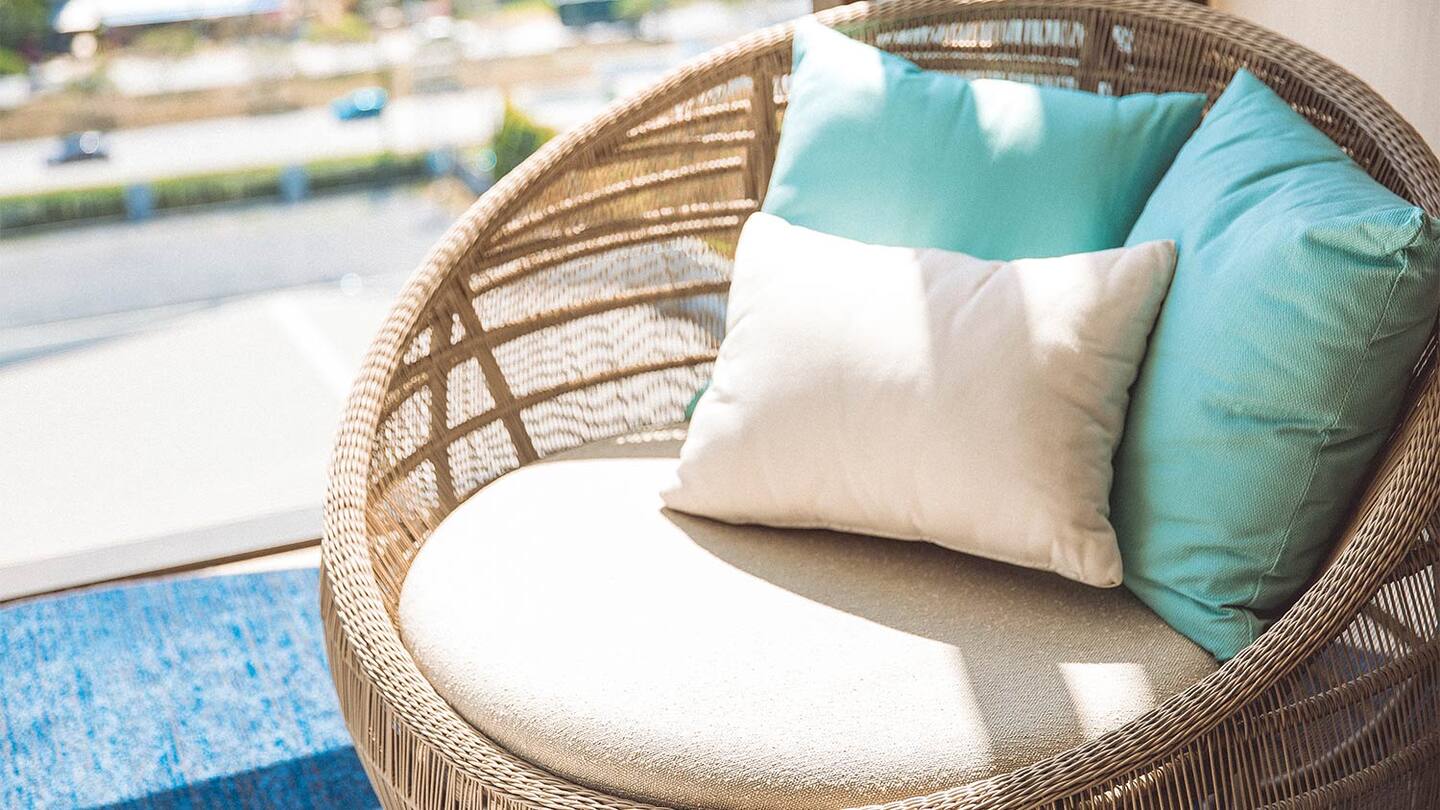
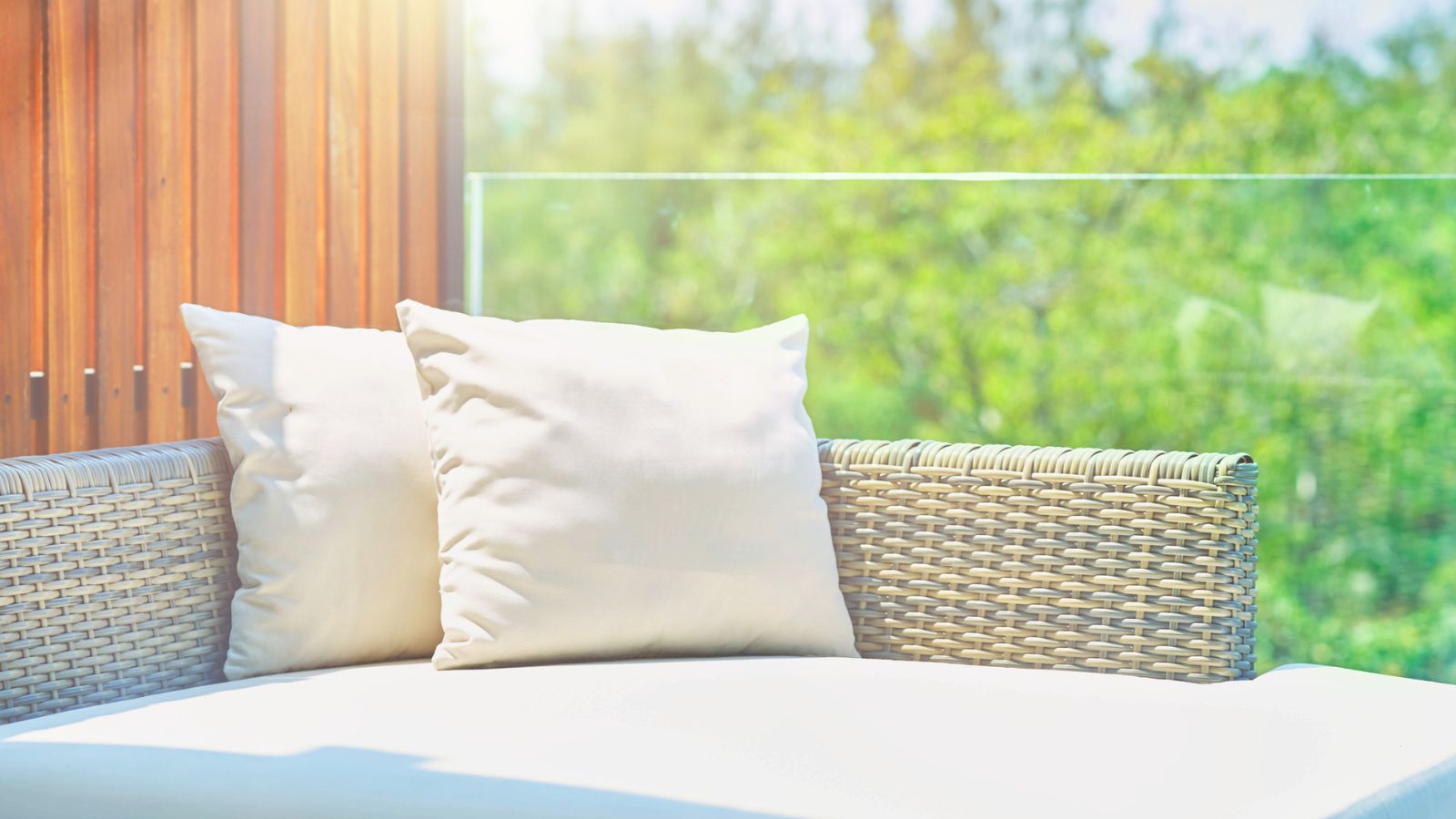
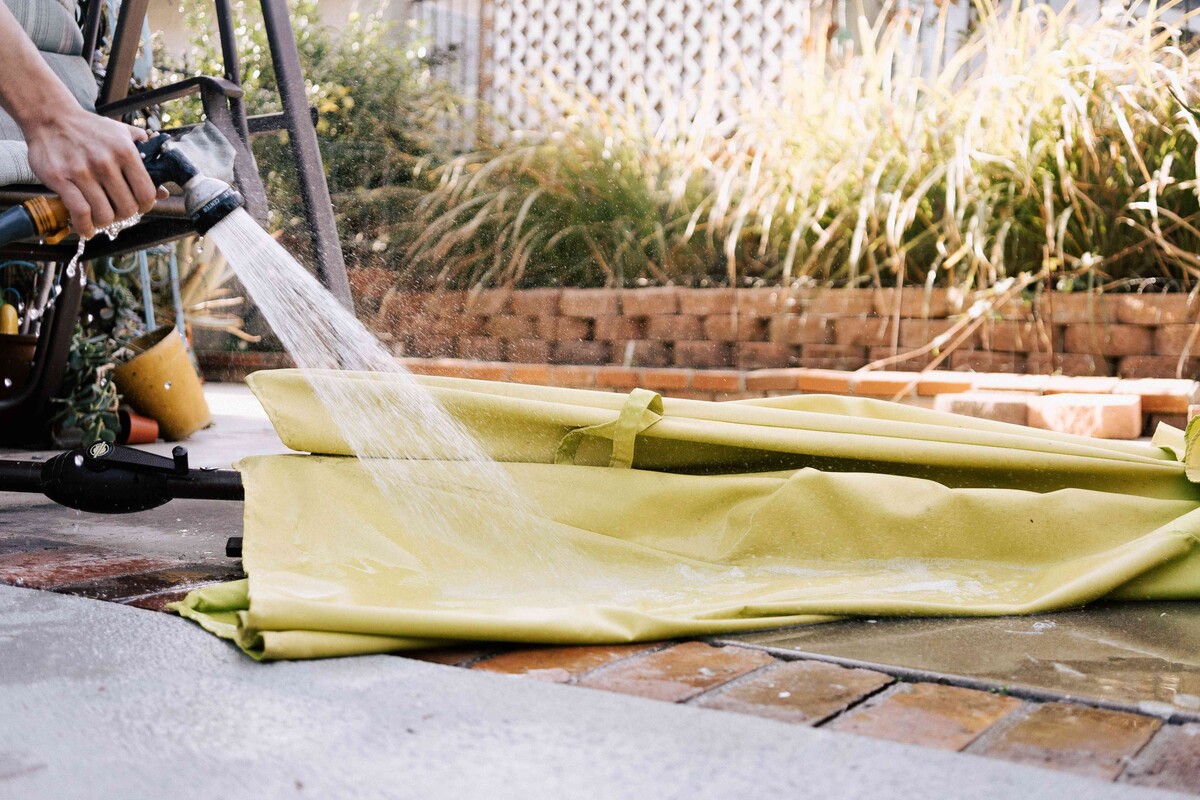
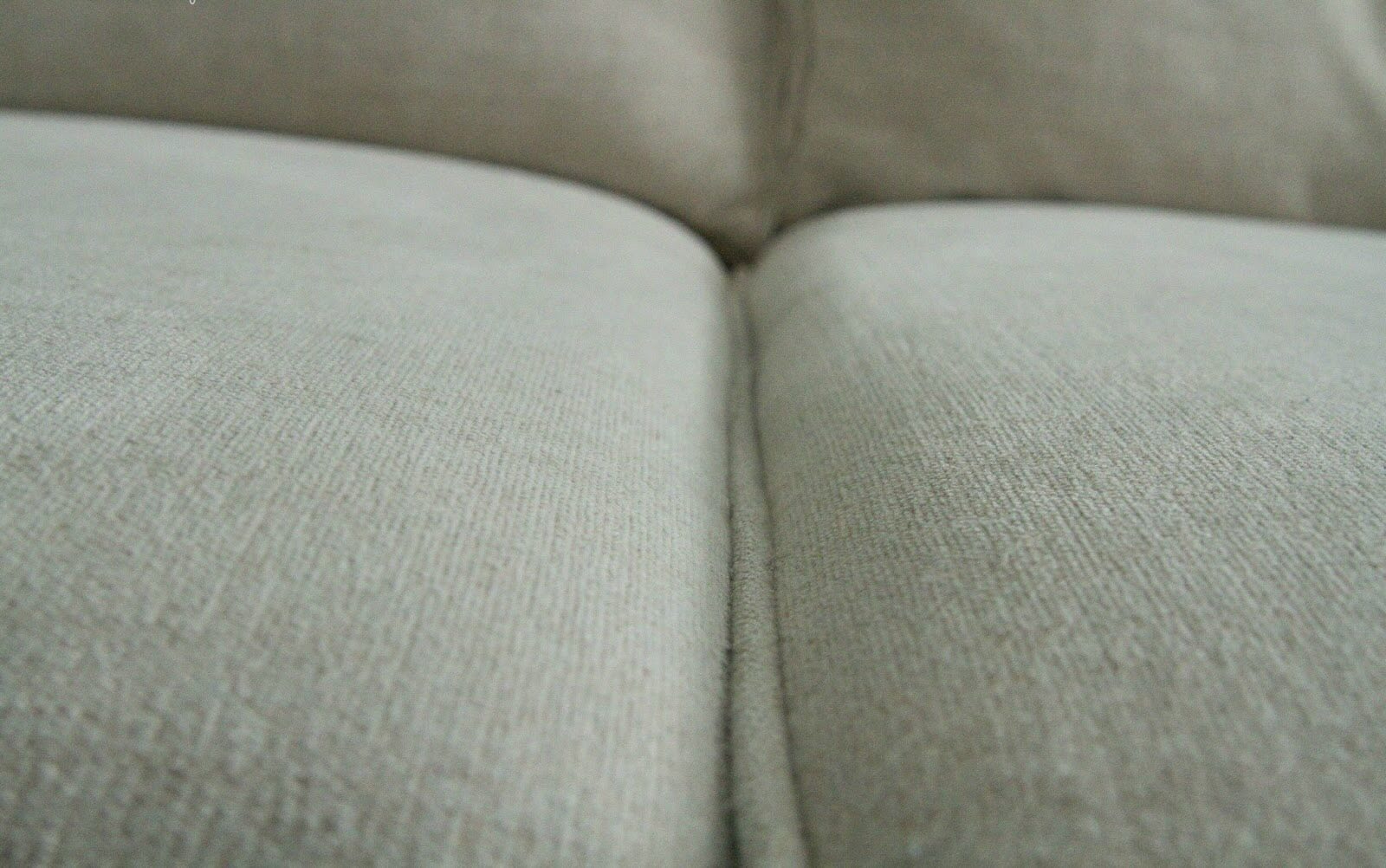
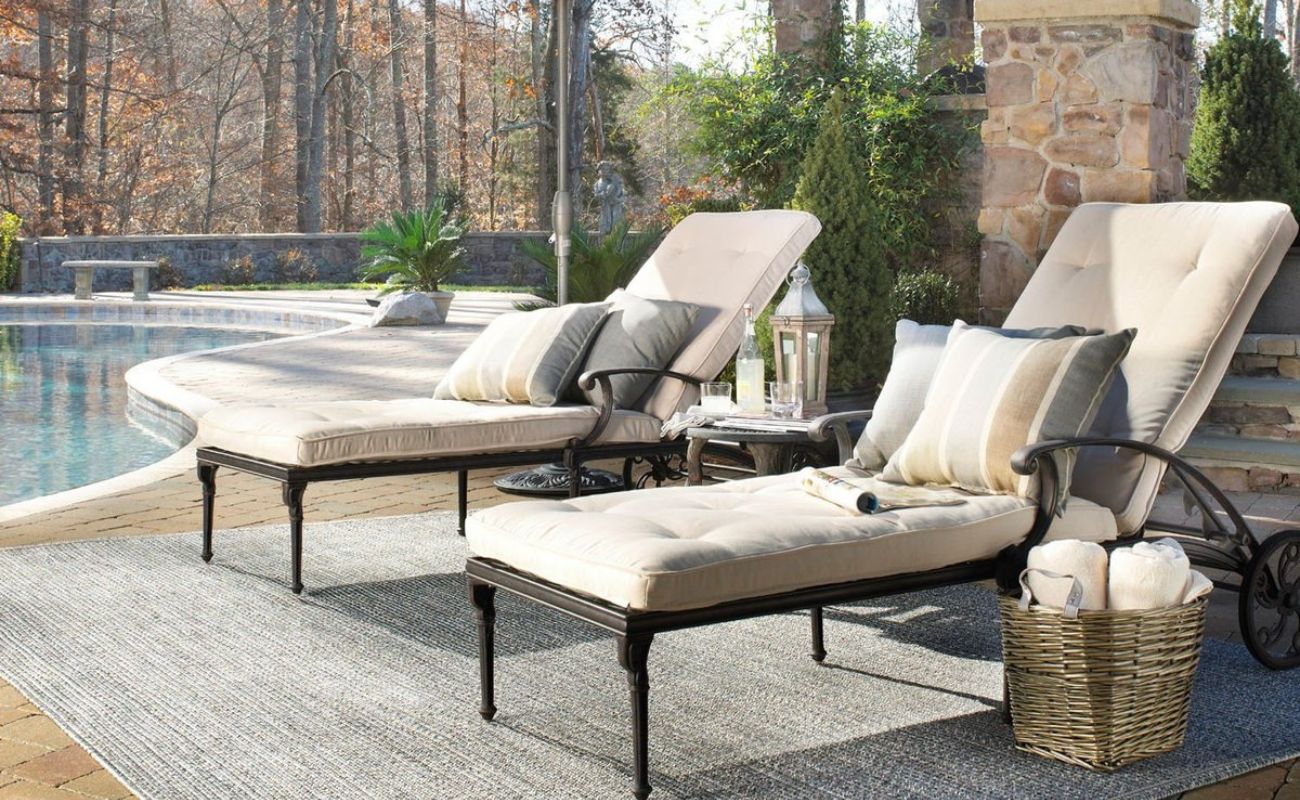
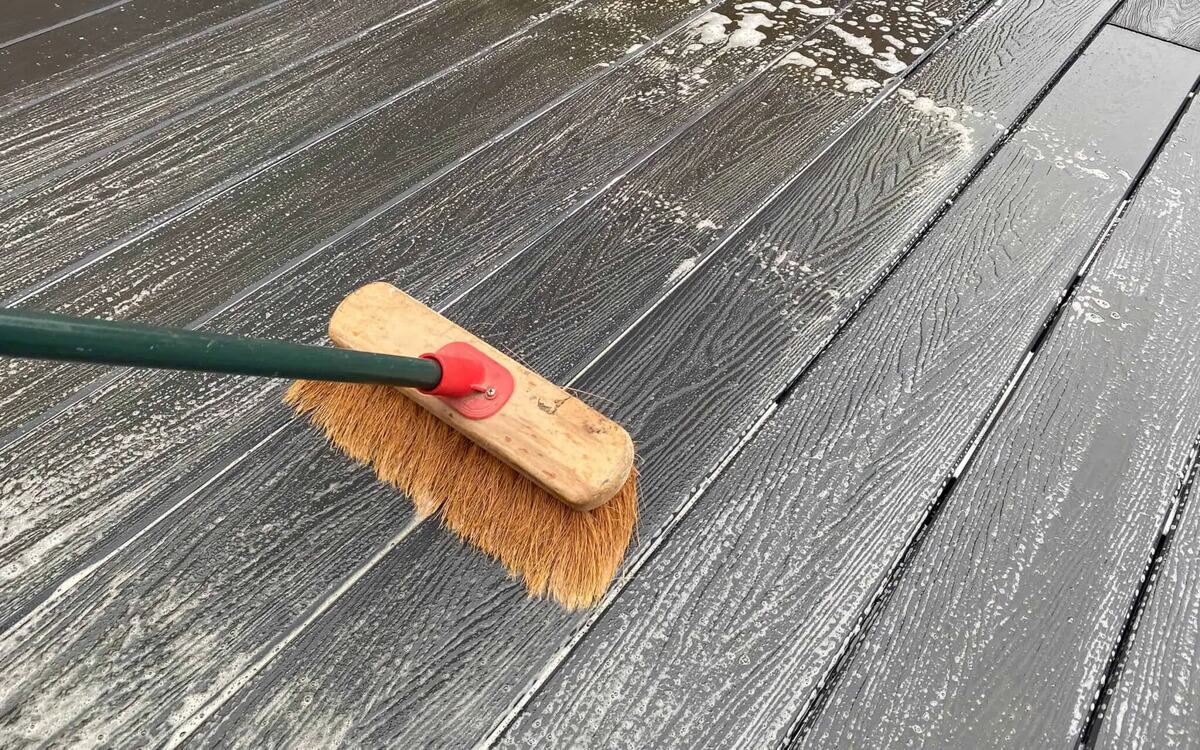
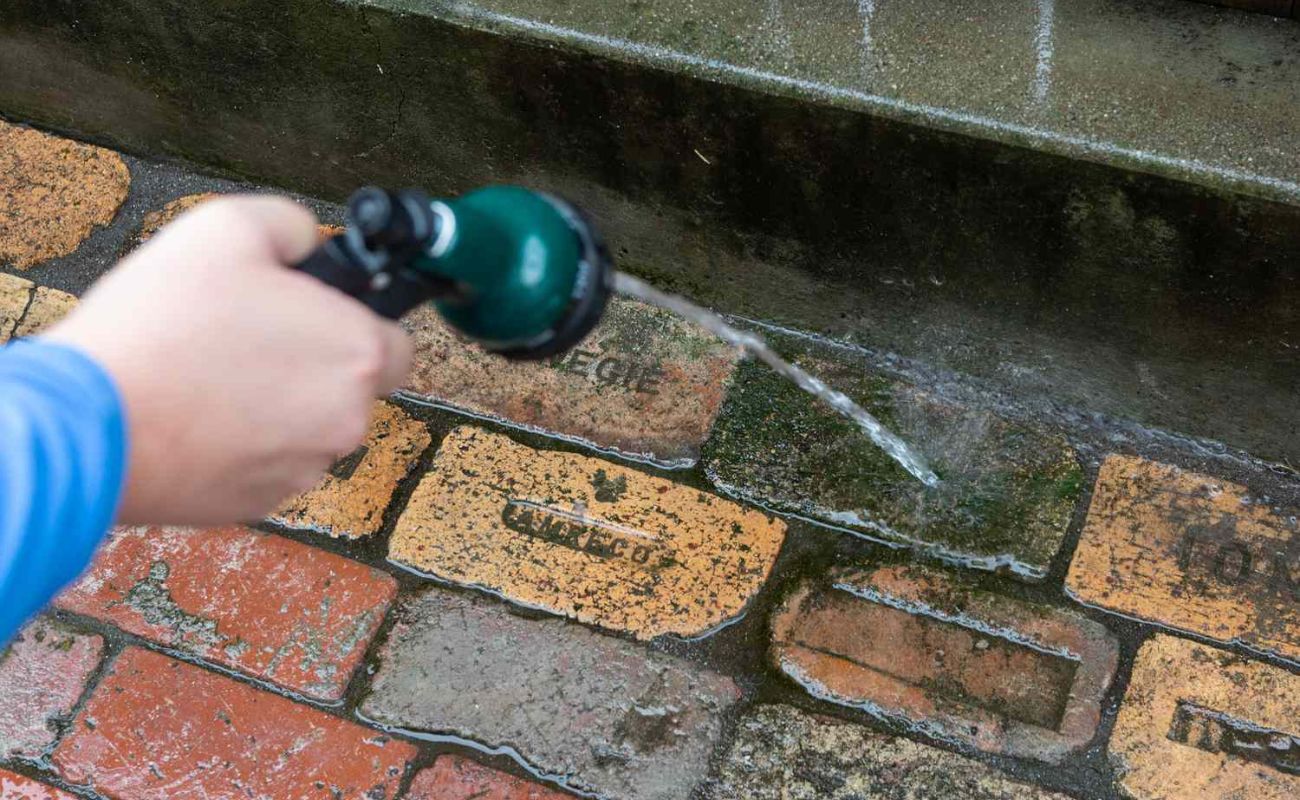
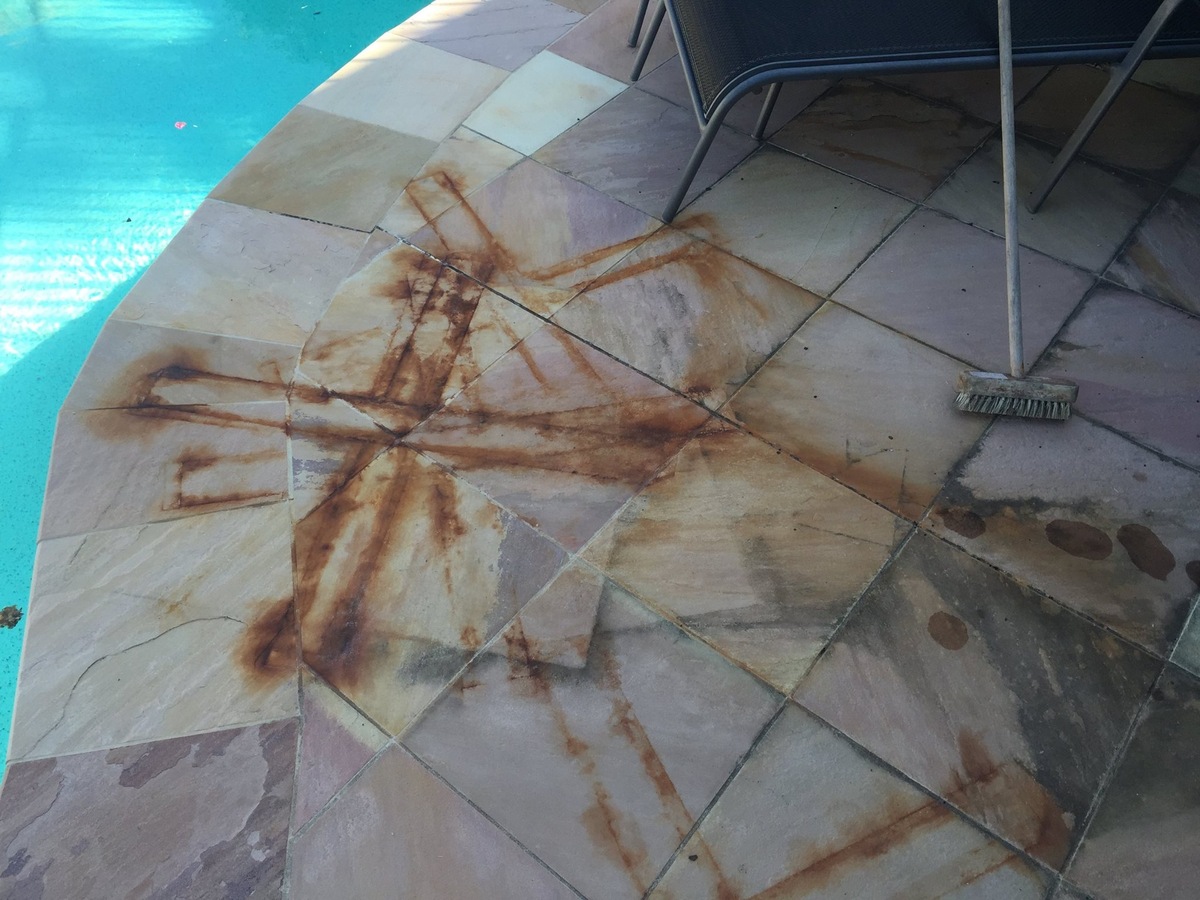
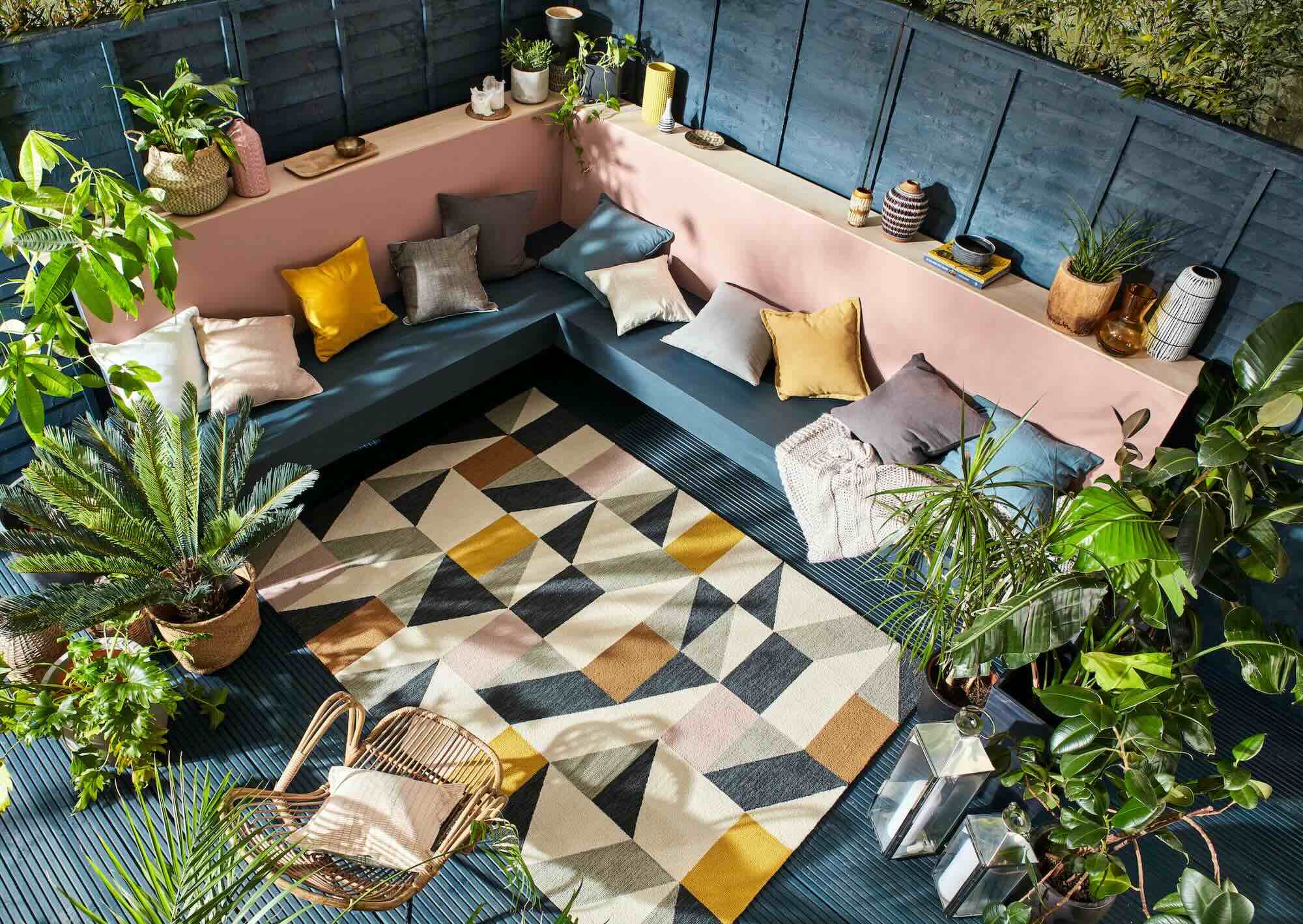
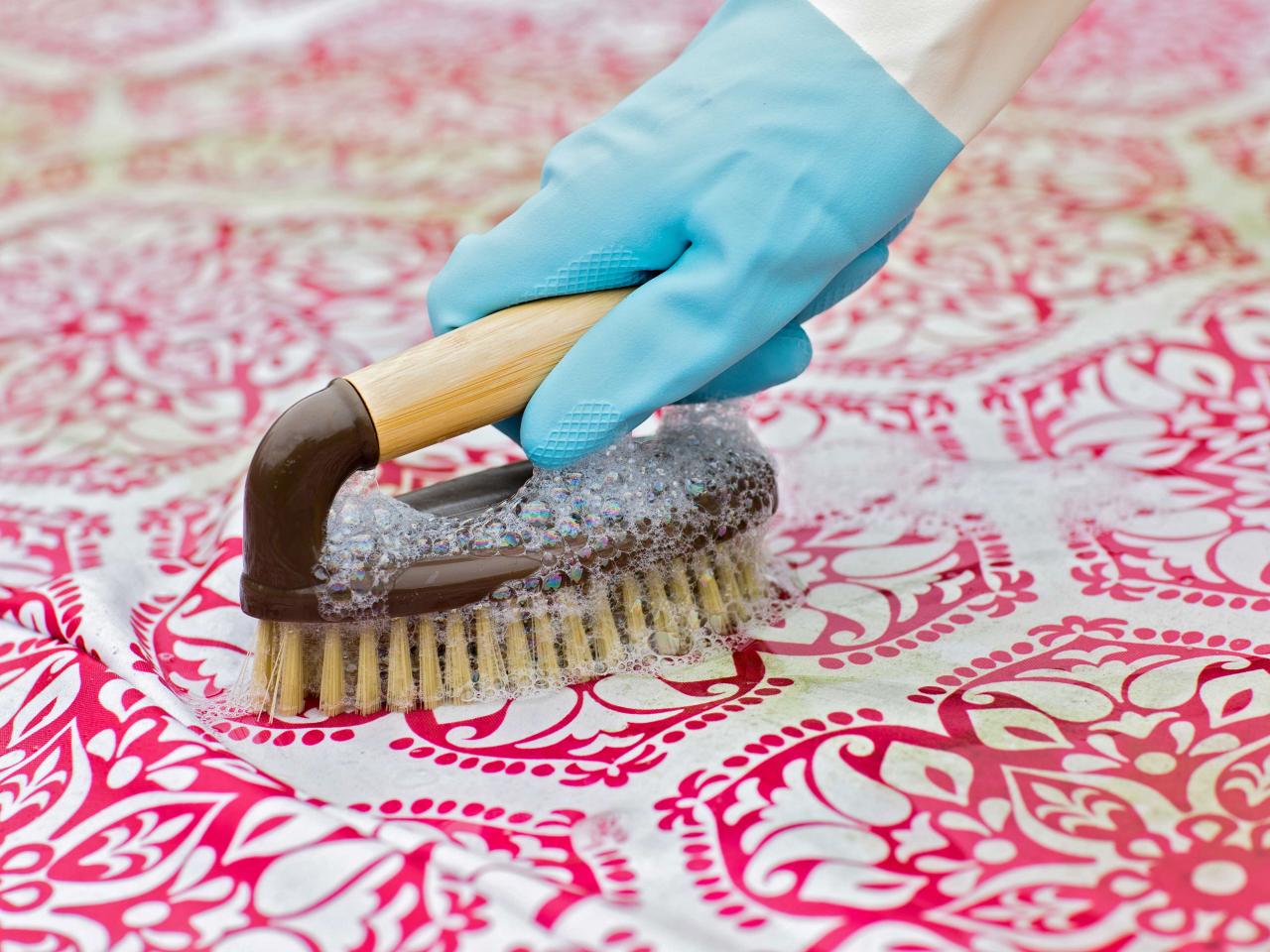
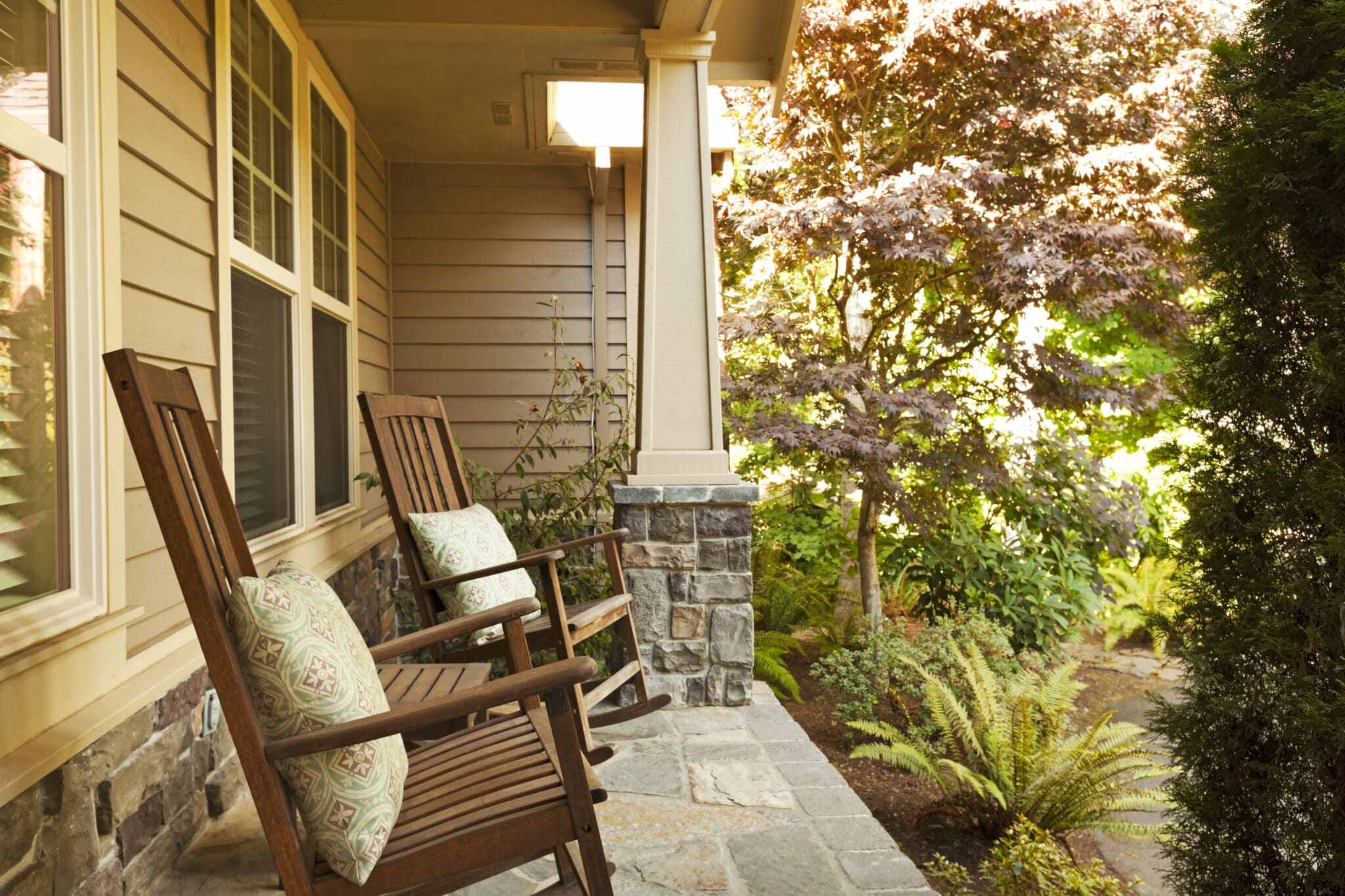
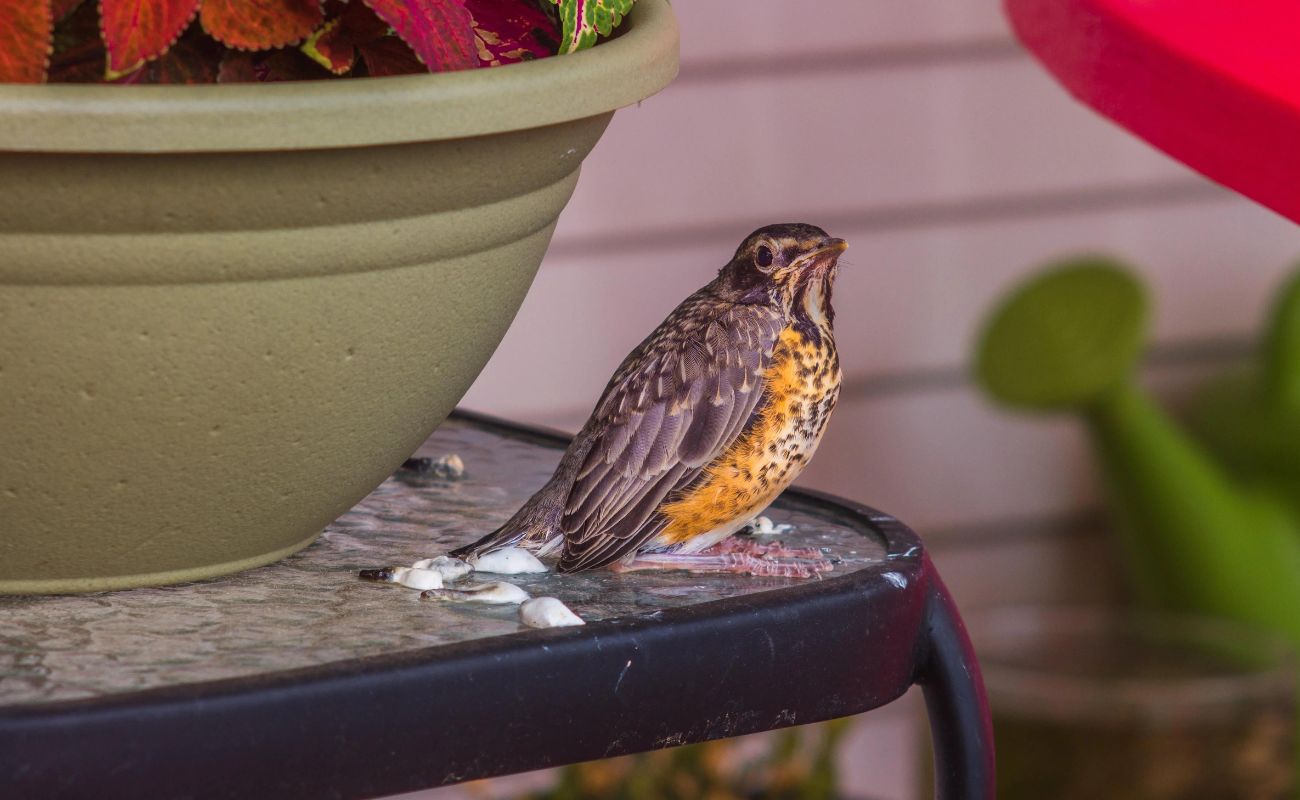
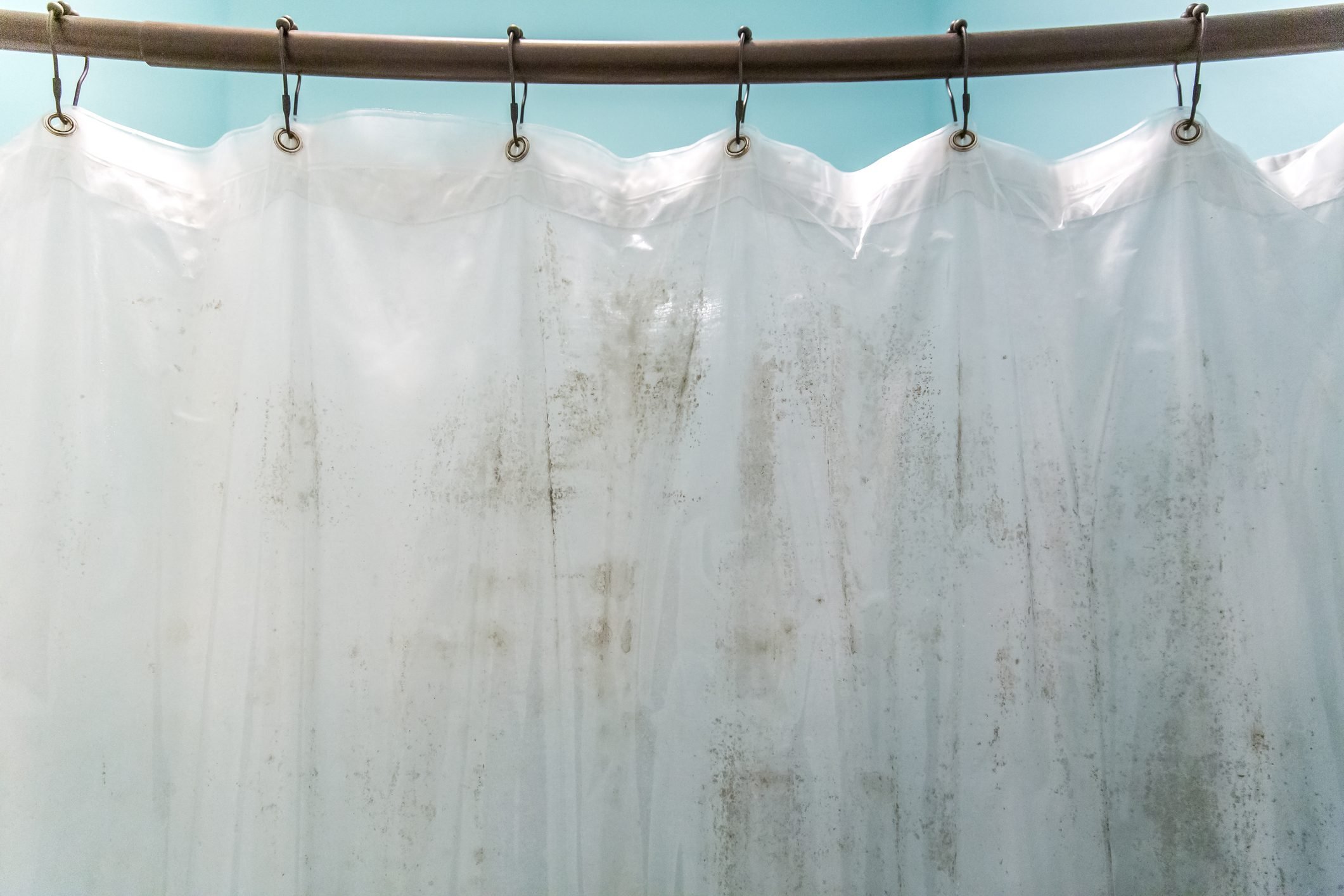
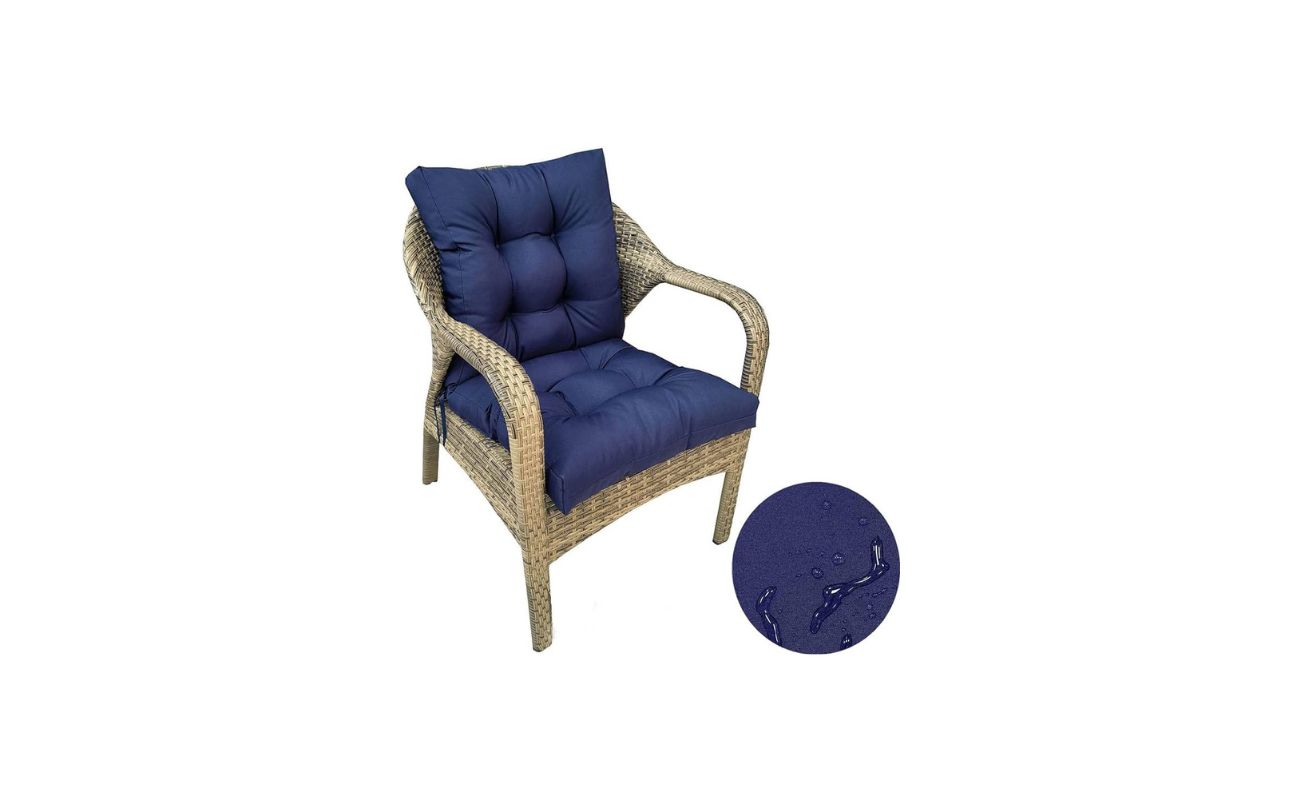

0 thoughts on “How To Get Mildew Off Patio Cushions”